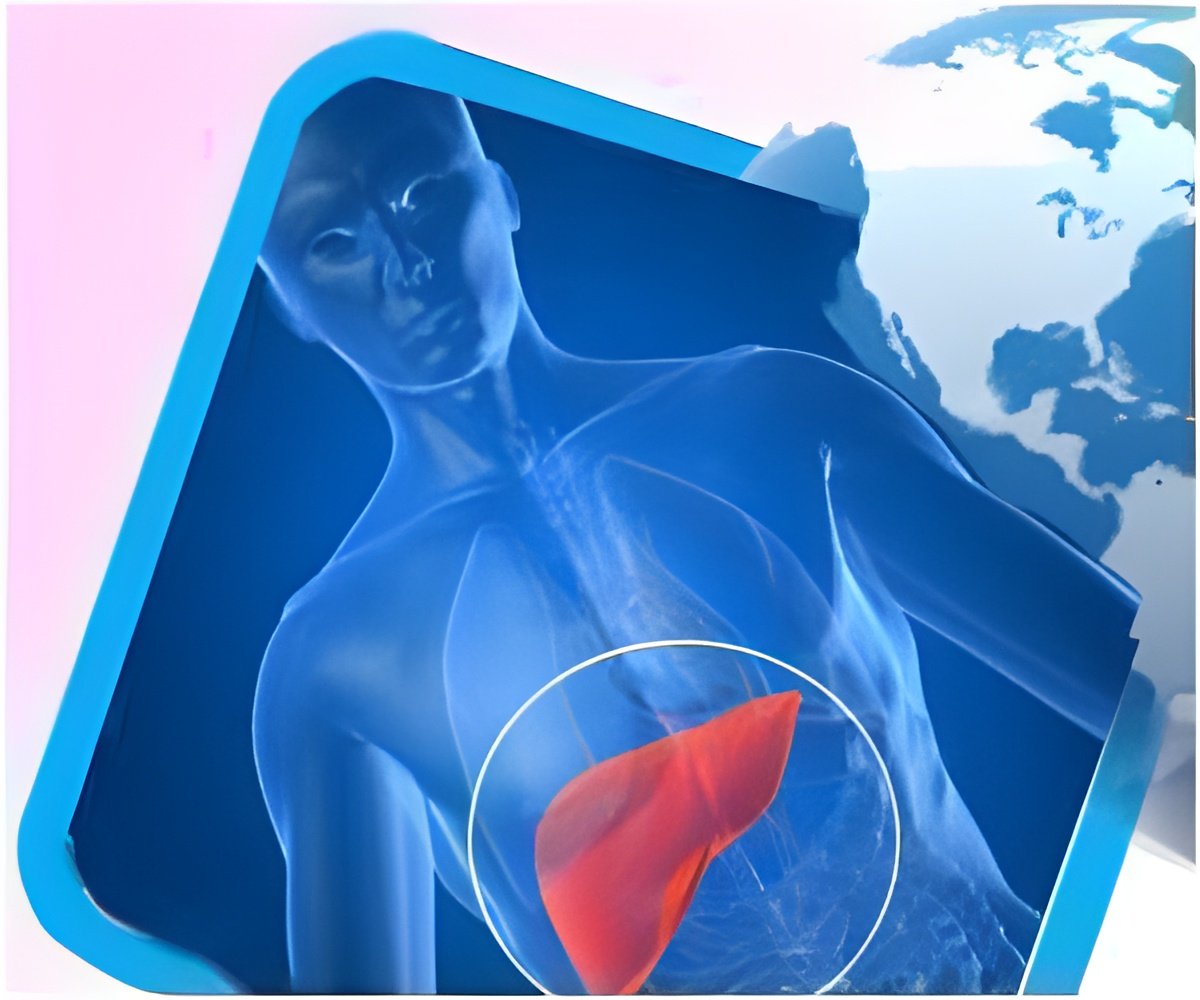
The relative telomere length in hepatitis B-infected cases with liver cancer was about 50 percent longer than the telomere length of the cancer-free hepatitis B-infected controls.
A strong correlation between telomere length and non-cirrhotic hepatocellular carcinoma (HCC), a liver cancer commonly caused from hepatitis B and C viral infections, could help physicians better stratify the hepatitis B population in an effort to better prevent and treat the disease.
Previous reports have suggested telomere length plays a role in cancer prediction; however, there have been conflicting results and the majority of the studies measured telomere length in liver cells (hepatocytes) and white blood cells.
Here, Hushan Yang, Ph.D., of the Division of Population Science at the Department of Medical Oncology at Thomas Jefferson University and Jefferson's Kimmel Cancer Center, and colleagues used circulating cell-free serum DNA from an existing and ongoing clinical cohort at the Liver Disease Prevention Center at Thomas Jefferson University Hospital.
Tapping into a cohort of almost 2,600 Korean Americans, a population disproportionately infected with hepatitis B, the team analyzed blood samples from over 400 hepatitis B-infected patients to compare relative telomere length using quantitative real-time polymerase chain reaction (qRT-PCR).
Advertisement
All participants were restricted to Korean hepatitis B patients to control the confounding effects of ethnicity and HCC etiology. The large majority of the patients were infected at birth or childhood, making this population an ideal resource to study the long-term outcome of hepatitis B infection at the population level.
Advertisement
The difference, however, was also only evident in males and in non-cirrhotic patients, and not cirrhotic patients, possibly because that the effect conferred by telomere length was overshadowed by the strong association between cirrhosis and HCC. There were also no statistical differences between cohorts with respect to age and smoking status.
"This is the first study to demonstrate that relative telomere length in circulating cell-free serum DNA could potentially be used as a simple, inexpensive and non- invasive biomarker for HCC risk," said Dr. Yang. "This sets the stage for further retrospective and prospective investigations, in-depth molecular characterizations, and other assessments to determine the clinical value of serum DNA telomere length in risk prediction and early detection of HCC."
Source-Eurekalert















